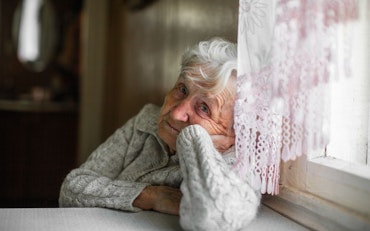Finger length a ‘pointer’ to osteoarthritis
New research has revealed that the length of a person’s finger could become a ‘pointer’ to their risk factor in developing osteoarthritis later in life.

The length of a finger may determine osteoarthritis risk.
The ratio of index finger to ring finger has been correlated with rates of total knee replacement in a study led by Dr Yuanyuan Wang, from Monash University's Department of Epidemiology and Preventive Medicine.
The study was based on data collected from more than 14,000 middle aged and elderly people who had their finger lengths evaluated.
According to Dr Wang, osteoarthritis (OA) is a major health problem linked to significant morbidity and disability associated with knee and hip OA. Hormonal factors are thought to play a role in OA, which may account for the well-documented difference in the prevalence of OA between men and women.
Dr Wang said the aim of the study was to determine whether the ratio of the lengths of the index and ring fingers was associated with the risk of severe knee or hip OA requiring joint replacement, using participants from a large study.
“We assessed the ratio of the lengths of the index finger and ring fingers of middle-aged and older people participating in the long established Melbourne Collaborative Cohort Study using photocopies that were taken of their hands,” Dr Wang said.
“This was compared to the incidence of total knee and hip replacements between 2001 and 2011. We achieved this by linking the cohort records to the Australian Orthopaedic Association National Joint Replacement Registry.”
Dr Wang said in the 11 years following the initial finger measurements, a total of 580 knee replacements and 499 hip replacements had been reported.
“This indicates that lower index to ring finger ratio is associated with a higher incidence of total knee replacement,” Dr Wang said.
“The results were consistent when the ratio was examined both on the right and left hand, with the risk being stronger for the right hand.”
Dr Wang claimed the findings supported the belief that hormonal factors played a role in the origin, development and resultant effects of OA, and possibly account for gender differences in the prevalence of OA.
“Although our study’s results may in part be explained by joint injuries associated with high level physical activity in those with a lower ratio of index finger to ring finger and the greater susceptibility of knee OA in response to injury than hip OA, they may also reflect hormonal influences on the growth of the bone, cartilage and soft tissue,” Dr Wang said.










